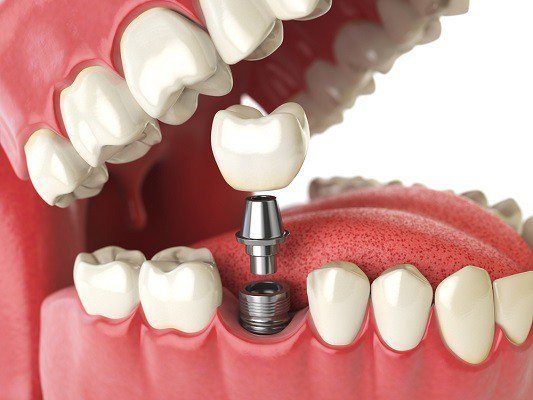Stages of dental implants
The first stage:
The case is examined and the health status of the patient is taken. All measurements, such as angioplasty, CT scan, etc., are taken to study the case through the Digital Smile Design Program (DSD). Then a treatment plan is prepared. Local anesthetic is often used depending on the health status of the patient.
The second stage:
Bone healing occurs with the implant in place, and it takes 8 to 12 weeks to heal. Some modern techniques need less time.
Third stage:
The final formulation of the implant is installed after taking the measurements to fit suitably with the forms, dimensions, and color of the other teeth.
The treatment plan is always determined by the dentist who examines the bone and the general condition of the jaw. Some cases may need grafting and bone transplants before starting dental implants.
There may be other barriers for the use of dental implants. For example, people with immunodeficiency, bone or blood disorders, and those with irregular diabetes all affect bone healing with the implant.
Most surgical procedures may cause pain in the jaw and may also be accompanied by swelling, so it is prescribed by the doctor to take painkillers and anti-inflammatory drugs.

